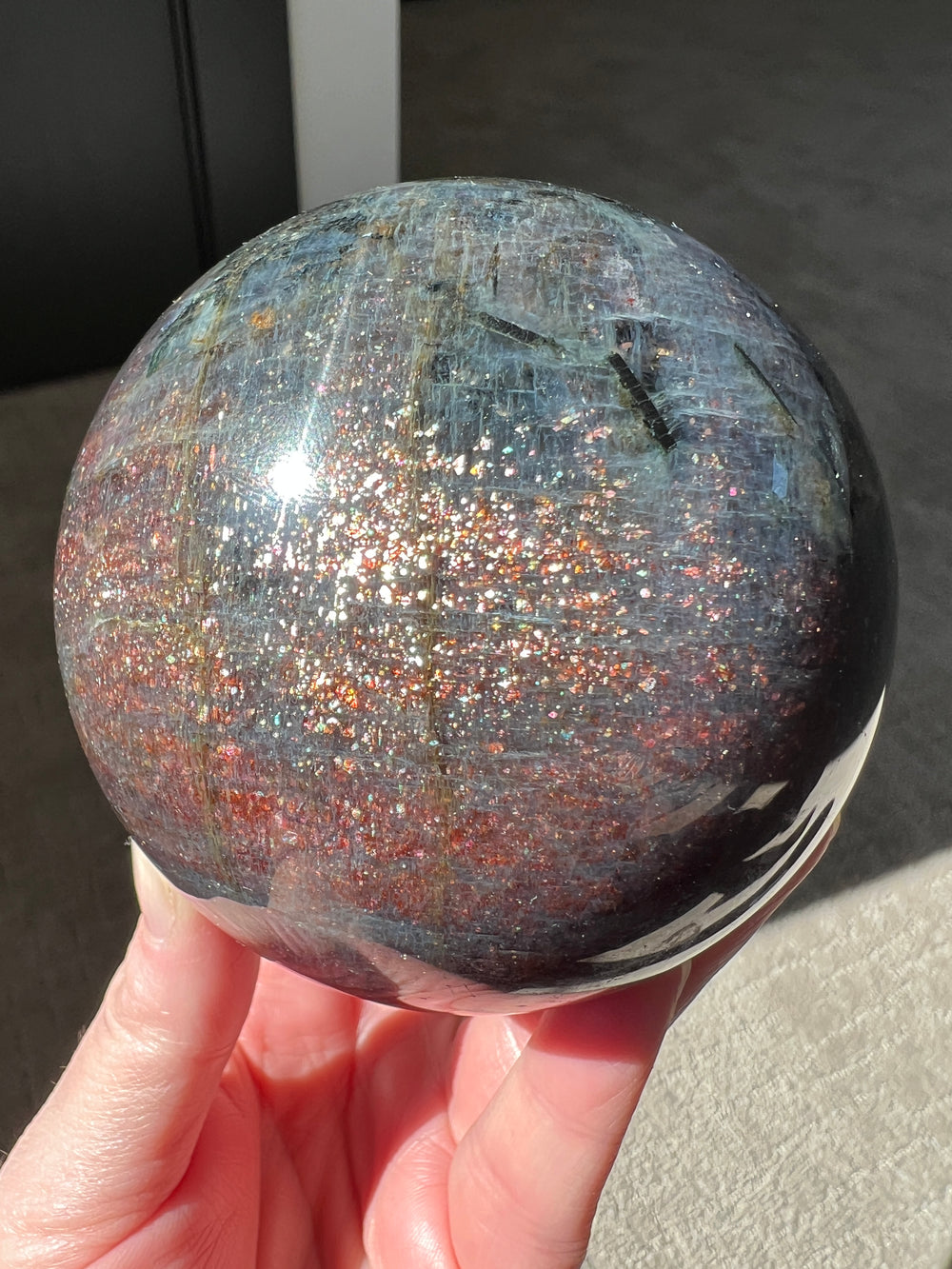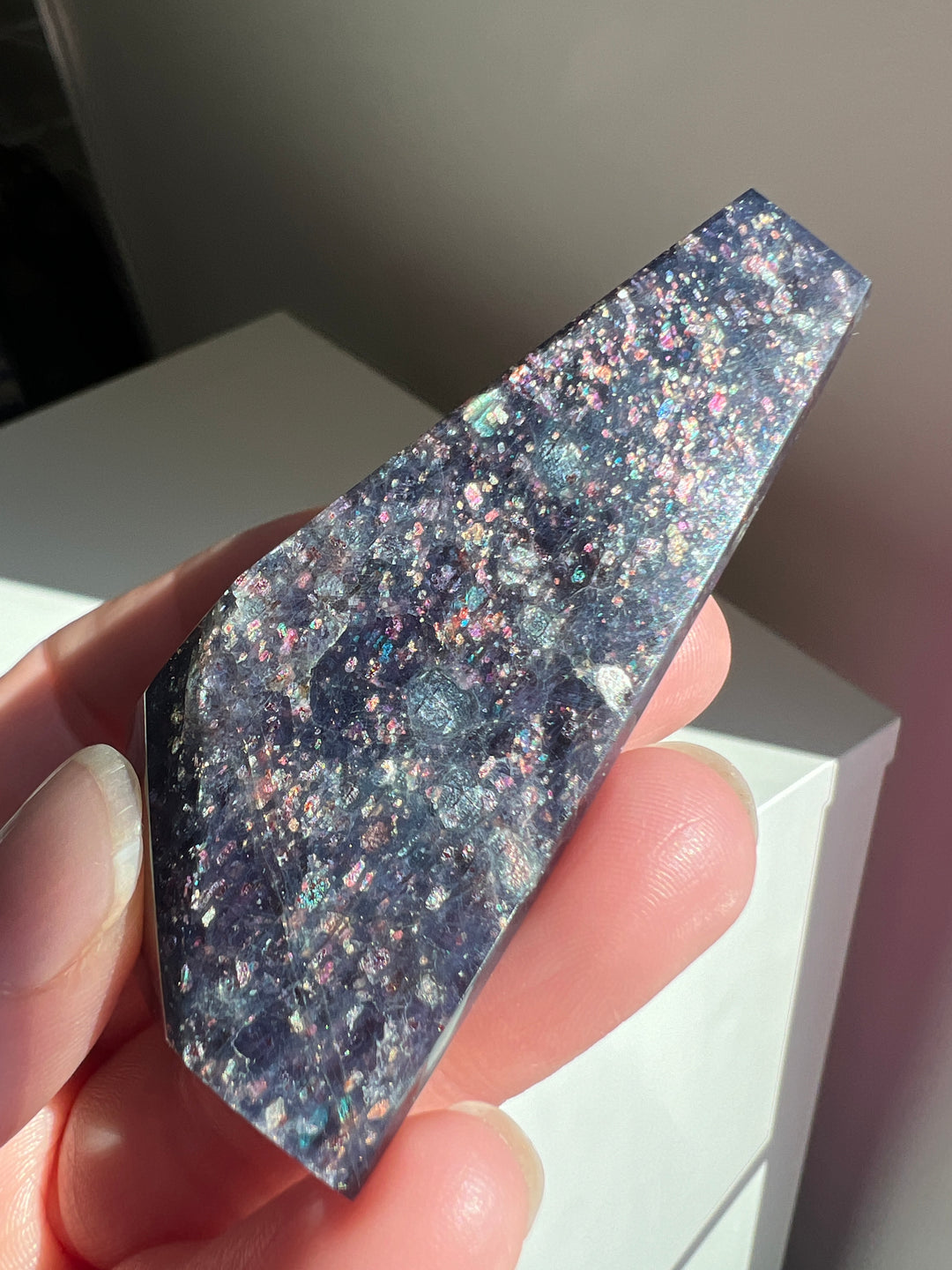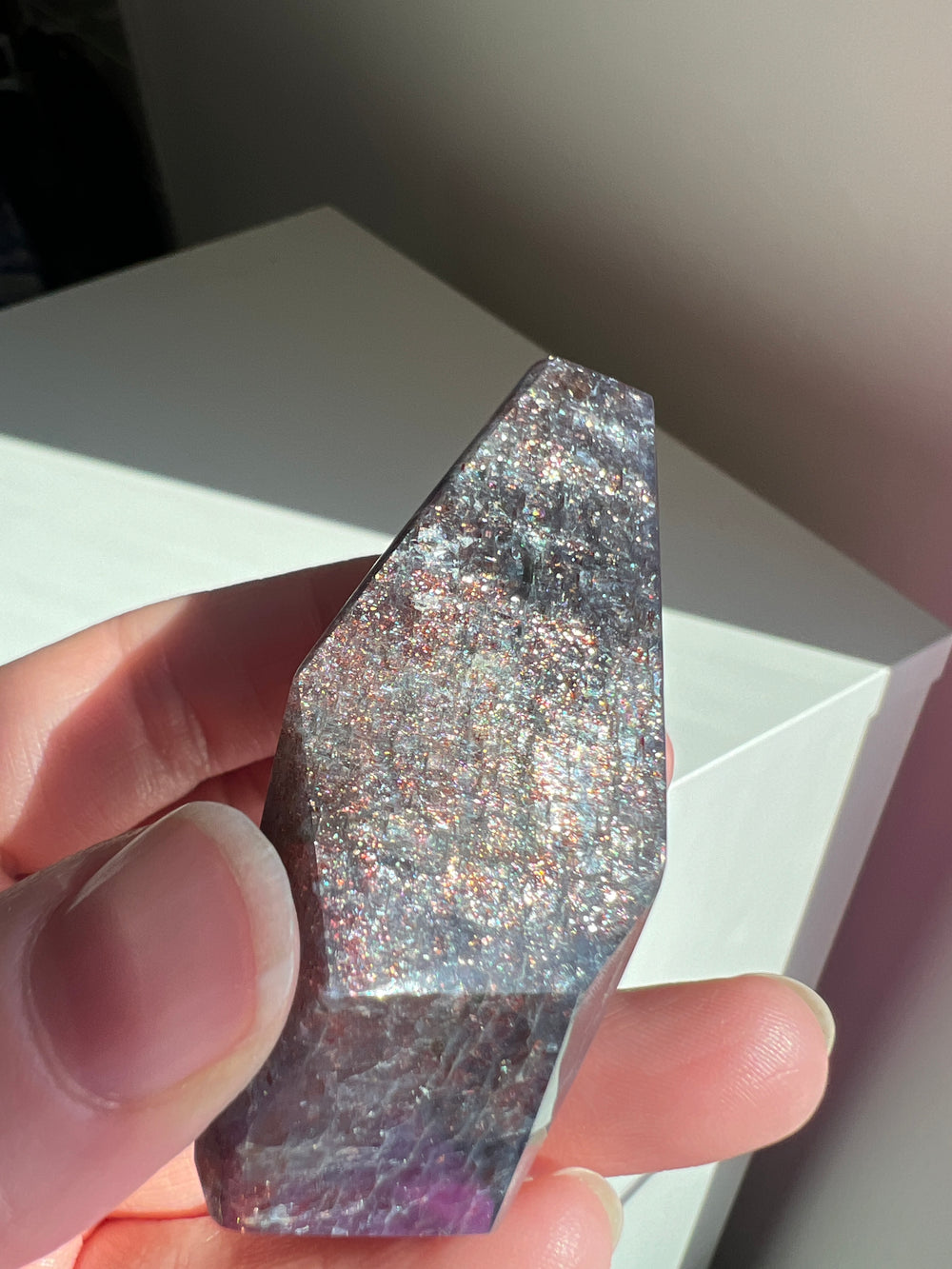Geological & Scientific Properties | Iolite
Iolite, also known as cordierite or dichroite, is a gemstone notable for its strong pleochroism, meaning it exhibits different colors when viewed from different angles. It's a popular gemstone due to its striking blue hues and affordability compared to sapphires. Here's an overview of the geological and scientific properties of Iolite:
Chemical Composition and Structure:
- Composition: Iolite is a magnesium iron aluminum cyclosilicate with the chemical formula (Mg,Fe)₂Al₄Si₅O₁₈.
- Crystal System: It crystallizes in the orthorhombic system, forming elongated, columnar crystals.
Physical Properties:
- Color: Iolite's most distinguishing characteristic is its strong pleochroism, showing shades of blue (sapphire-like blue), violet-blue, and light yellowish-gray to colorless, depending on the angle of view.
- Hardness: It has a hardness of 7 to 7.5 on the Mohs scale, making it fairly hard and suitable for use in jewelry.
- Luster: Iolite typically exhibits a vitreous luster.
- Transparency: This mineral is usually transparent to translucent.
Optical Properties:
- Refractive Index: The refractive index of iolite ranges from approximately 1.542 to 1.578.
- Pleochroism: The most notable optical property of iolite is its strong pleochroism, which is particularly pronounced and can be used to identify the gemstone.
Geological Occurrence:
- Formation: Iolite is typically found in metamorphic rocks and, less commonly, in igneous rocks. It forms under high pressure and temperature conditions during the regional metamorphism of clay-rich sediments or the alteration of igneous rocks.
- Associated Minerals: It can be found associated with quartz, feldspar, and various other metamorphic minerals.
Major Deposits:
- Significant sources of iolite include India, Sri Lanka, Burma (Myanmar), Brazil, Tanzania, and Madagascar, among other locations.
Iolite's unique pleochroic qualities make it a fascinating gemstone for both collectors and jewelry enthusiasts. It offers an affordable alternative to more expensive blue gemstones like sapphire, while providing a unique beauty all its own. The varying hues of blue and violet seen in iolite are reminiscent of the deeper shades of the ocean and the sky, contributing to its aesthetic appeal.









